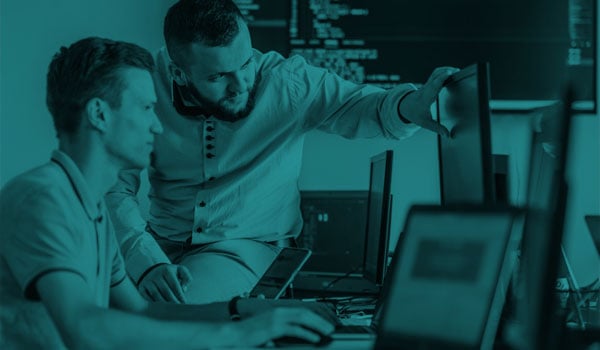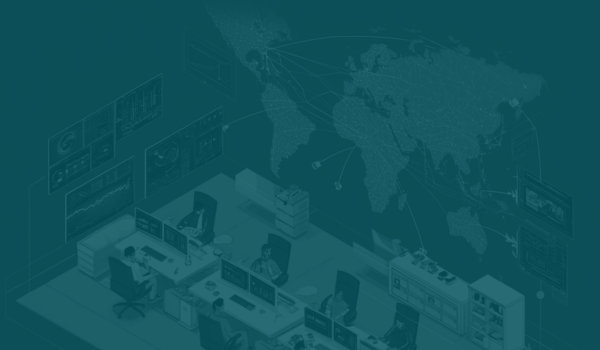Artificial intelligence (AI) is getting smarter, but it still has limits. One way to help AI understand and use information better is through Retrieval-Augmented Generation (RAG). This method allows AI to search for information from a database and use it to give better answers.
But now, there seems to be something even better, GraphRAG. This new approach uses knowledge graphs to improve how AI connects and understands information. Let’s explore how GraphRAG works and why it’s a big step forward.
What is Retrieval-Augmented Generation (RAG)?
RAG is a method that helps AI give better answers by searching for useful information before responding. Instead of relying only on what it was trained on, AI can look up facts from documents or databases.
For example, if you ask a RAG-powered AI about the latest research on climate change, it will search for relevant reports and use them to form a response. However, traditional RAG has a problem, it struggles to understand how different pieces of information are connected.
What is GraphRAG?
GraphRAG improves RAG by adding knowledge graphs. Knowledge Graphs are a way of organizing data so that AI can see relationships between different facts.
A knowledge graph is like a web of information where ideas are connected. For example, instead of just knowing that "Amazon is a company" and "Jeff Bezos founded Amazon," a knowledge graph links these facts together so AI understands that Jeff Bezos was the founder of Amazon.
With GraphRAG, AI can retrieve information more accurately and connect ideas better than traditional RAG.
How is GraphRAG Better Than RAG?
While RAG improves AI by allowing it to retrieve external information, it still has limitations. Traditional RAG treats data as separate pieces, making it harder for AI to understand how different facts connect. This can lead to incomplete or incorrect answers.
GraphRAG solves this problem by using knowledge graphs, which organize data into a web of related concepts. This structured approach allows AI to retrieve not just facts, but meaningful relationships, leading to smarter, more accurate responses. Here’s how GraphRAG outperforms traditional RAG.
GraphRAG Understands Complex Connections
Traditional RAG finds and retrieves information, but it doesn’t always connect different pieces properly. GraphRAG does this better by linking facts together in a structured way, making AI more accurate.
GraphRAG Gives Smarter and More Relevant Answers
Because GraphRAG understands how information is connected, it provides more relevant responses. This is useful in industries like finance, healthcare, and research, where precise information matters.
GraphRAG Reduces Mistakes
Traditional RAG might pull in unrelated or incorrect information. GraphRAG reduces this problem by ensuring AI retrieves only relevant data that fits within a logical structure.
GraphRAG Works Well with Large Data Sets
GraphRAG is designed to handle large amounts of information efficiently. This means it can scale well, making it a great choice for businesses managing big databases.
As AI becomes more important in everyday life, businesses need more reliable AI systems that can provide accurate and trustworthy answers. GraphRAG is a major improvement because it helps AI understand and use information better than ever before.
Companies that use AI to analyze data, automate processes, or improve customer support can benefit from GraphRAG by making their AI smarter and more reliable.
base2Services specialize in helping businesses build and manage AI solutions that are accurate, scalable, and secure. If you’re interested in using GraphRAG for your company, we can help integrate it into your AI systems.
Want to learn more? Get in touch with us today.





